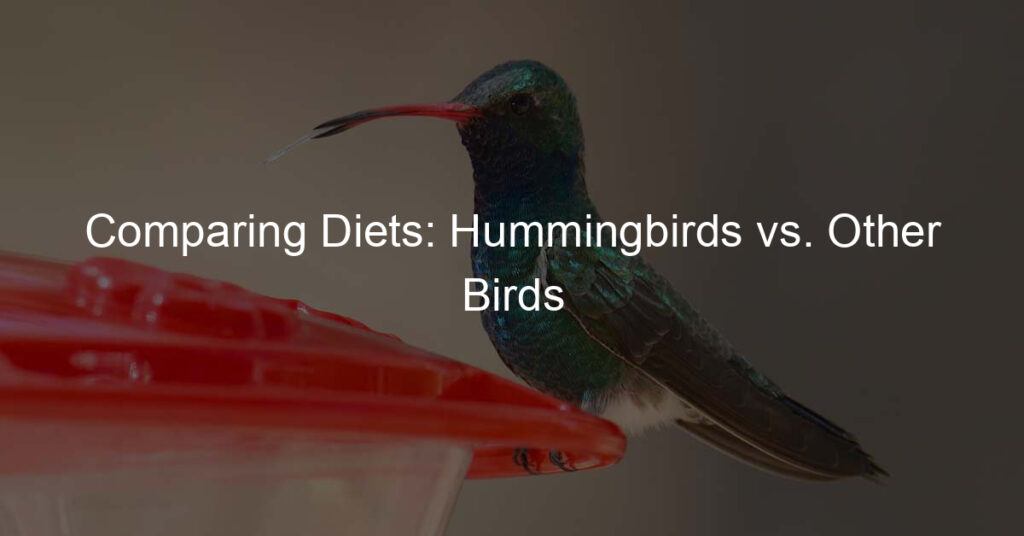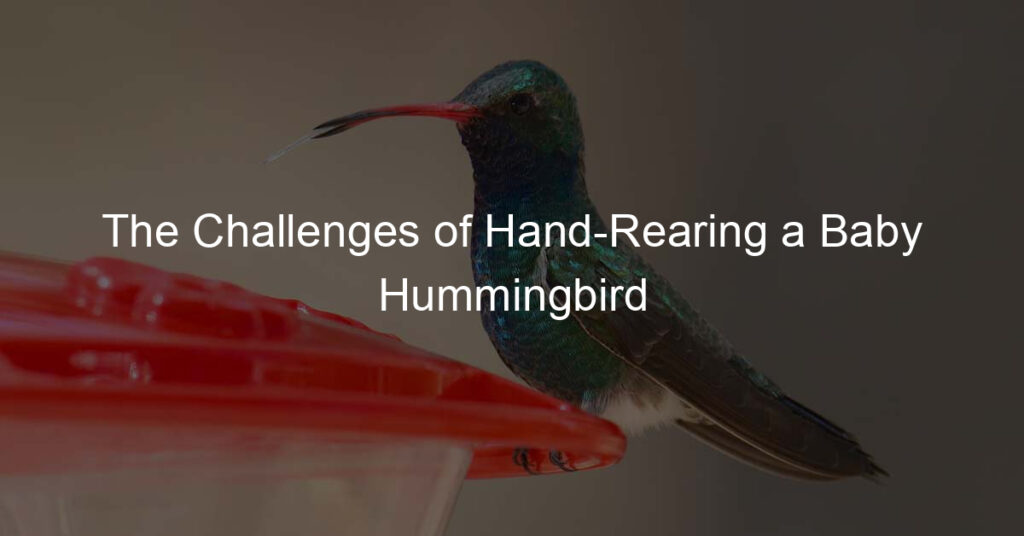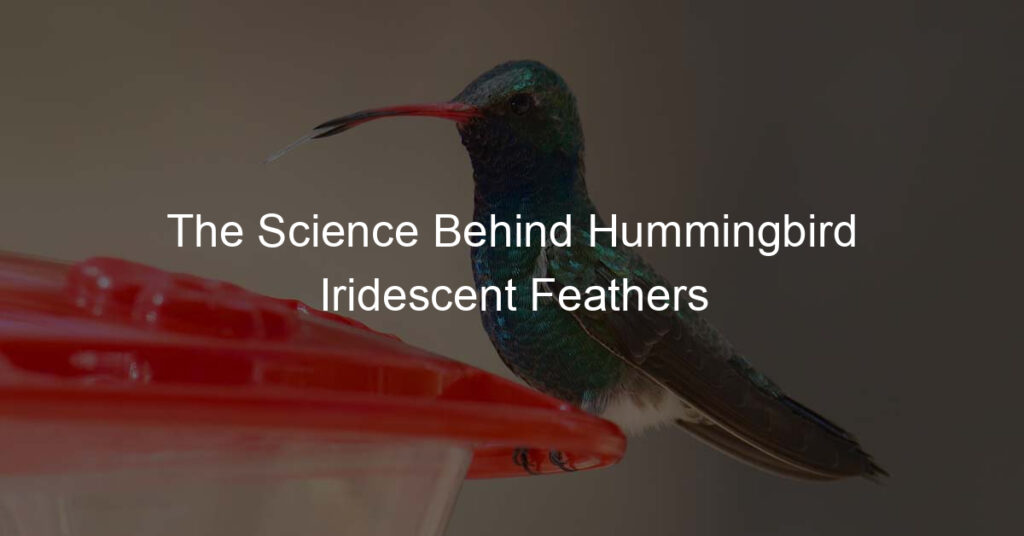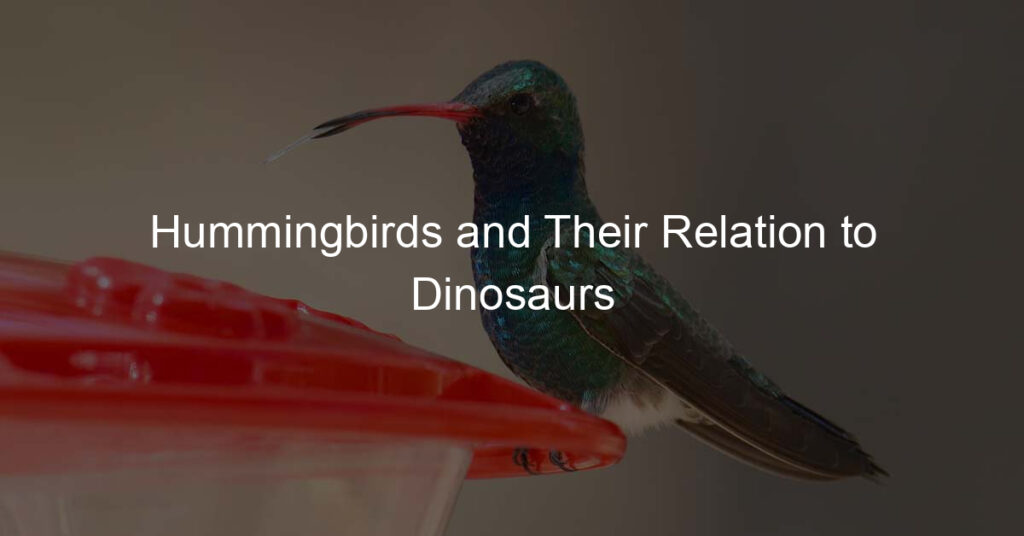Hummingbirds are some of the most beloved and captivating birds in the world due to their small size, colorful plumage, and high-speed aerobatics. In many cultures, their fascinating behavior has made them a symbol of joy, grace, and beauty. But with increasing deforestation, climate change, and other threats to their habitats, it is worth asking: Are hummingbirds endangered?
In this blog post, we will explore the status of these magnificent creatures and discuss ways that individuals can help protect them. Read on to learn more about the state of hummingbird conservation and what you can do to help!
What Are Hummingbirds?
Hummingbirds are tiny beautiful birds found mainly in Central and South America, but some species also inhabit parts of North America. They are characterized by their small size, colorful plumage, and high-speed aerobatics that mesmerize birdwatchers all around the world. There are over 350 species of hummingbirds in the world, with a wide range from bee hummingbirds to ruby-throated hummingbirds.
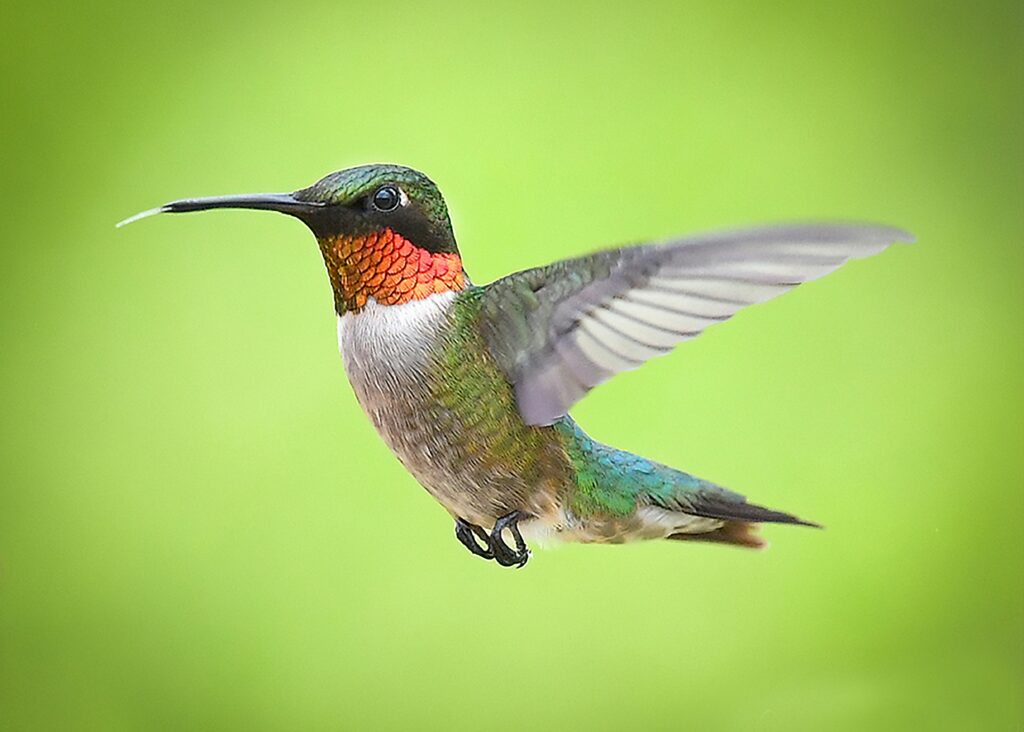
Are Hummingbirds Endangered?
As the global population and climate continue to change, many hummingbird species are increasingly threatened by deforestation, climate change, and hunting pressure. Some species such as the bee hummingbird have been listed on the IUCN Red List of Threatened Species as critically endangered. Thus, it is important to understand the current state of hummingbird conservation to take action and protect these delicate creatures.
Learn More: How To Keep Ants Out Of Hummingbird Feeder
Endangered Hummingbirds Species
Bee Hummingbird
The bee hummingbird (Mellisuga helenae) is a species that has become critically endangered due to its small size and limited range in Cuba and the Isla de la Juventud. As its name suggests, the bee hummingbird is the smallest species of hummingbird, with a body length of only 5–6 cm and a wingspan of 6–7 cm. The primary threat to its survival is deforestation and loss of habitat due to urban expansion and agricultural development.
Ruby-Throated Hummingbird
The ruby-throated hummingbird (Archilochus colubris) is an iconic species found in eastern North America. While not listed as a critically endangered species, its population has been decreasing steadily over the past decades due to climate change, habitat loss, and hunting pressure. In addition, many bird feeders have become popularized for these birds which can lead to competition among migrating since large numbers may converge on one source of food.
Learn More: How To Open Hummingbird Feeder
Causes Of Declining Population
Deforestation And Loss Of Habitat
Hummingbirds require vast areas of forest to survive and nest, but much of this habitat has been destroyed by deforestation for the commercial timber industry or converted into agricultural lands. This reduces their range and leaves many species threatened with extinction. Furthermore, climate change affects the availability, abundance, size, and quality of resources in these habitats which further decreases hummingbird populations.
Climate Change And Hunting Pressure
Climate changes exact a toll on hummingbird species that are already struggling due to habitat loss and fragmentation. Warmer temperatures can cause droughts that reduce available food sources such as nectar-producing flowers while heavier rains can flood areas that are important for nesting. In addition, hunting pressure from humans is a major threat to hummingbird populations as they are often captured and sold as pets or used in traditional medicine.
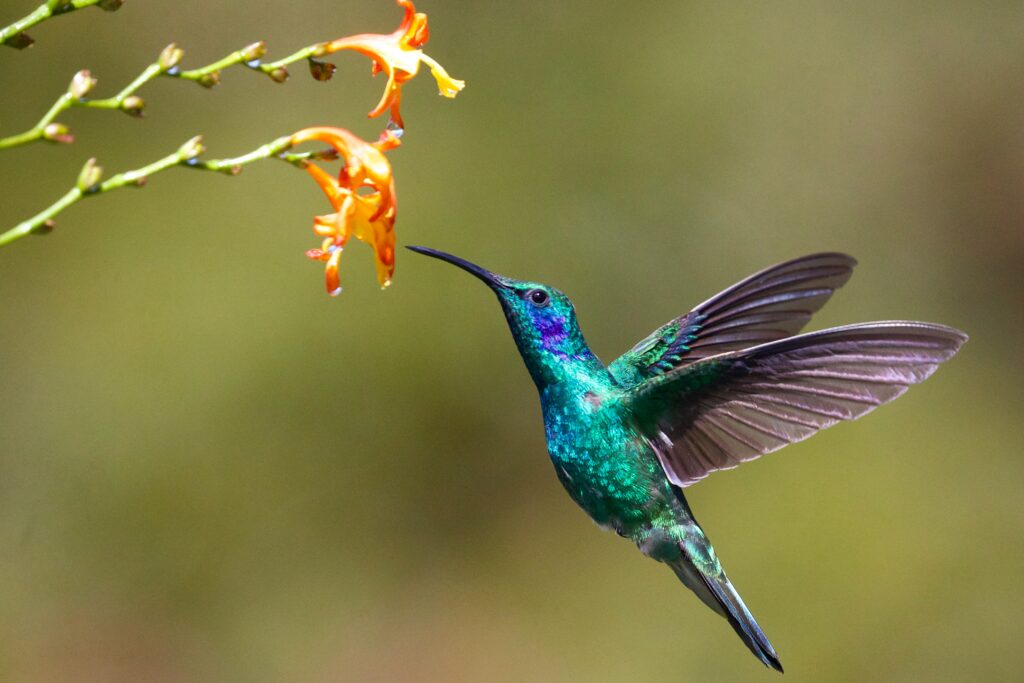
Solutions To Protect Hummingbird Populations
Establishing Protected Habitats Areas, Replanting Forests, And Connecting Existing Forests
Hummingbirds require large tracts of forest for their survival so it is essential to protect existing habitats and actively replant forests where possible. Reforestation projects have been shown to significantly benefit hummingbird populations by providing the necessary food and water sources while also connecting fragmented habitats which allow species to migrate over larger areas safely.
Learn More: When Should I Take Down My Hummingbird Feeders?
Regulation On Pesticide Use And Pollution Control
Pesticides used by farmers and urban dwellers can harm hummingbirds by reducing their food sources. It is important to regulate pesticide use to protect these species and other wildlife. In addition, efforts must be made to reduce air and water pollution as this further reduces their habitat quality.
Providing Sufficient Food Sources For Migration
Hummingbirds rely heavily on nectar-producing flowers for their food sources during migration. Thus, it is important to provide these birds with enough resources during their journey to ensure their survival and population numbers. Providing bird feeders loaded with sugar water or planting native flowering plants are great ways to help hummingbirds along the way.
Promoting Education And Awareness
Raising awareness for the plight of hummingbirds is essential to protect their populations in the long term. Educating the public about sustainable practices, responsible birdwatching, and avoiding hunting can help promote conservation-friendly behavior and ensure that these species are not harmed or exploited. In addition, supporting local organizations that are actively conserving hummingbird habitats is a great way to make a direct impact.
Learn More: How To Make A Hummingbird Feeder Out Of A 2-Liter Bottle
FAQ’s
How Fast Do Hummingbirds Flap Their Wings?
Several species of hummingbirds flap wings in different ways; their wings are beaten as much as 10-15 times each second. Usually, birds have a flight velocity between 60 – 90 seconds which is blurry and unrecognizable to the human eye. Those birds do it slowly! When diving the bird flaps its wings a maximum of 200 times each second. His uniquely made wings make hummingbird a maneuverable bird – he is only the one who can fly backward and the only one who can hover for so long periods.
How Far Do Hummingbirds Migrate?
Several hummingbirds spend winter in the Americas. During spring they migrate north to the breeding season. The migration seems to be initiated in part through the position of the sun on earth, and the length of the days, and the individual birds often depart from their nests or arrive at a different location. Rufous hummingbirds are the most prolific migrations and travel over 6000km from Alaska to Mexico each year, and the migration is the longest. And possibly even more impressive is the ruby-throated hummingbird flying 900 kilometers (not including the Atlantic Ocean).
Learn More: Can You Move A Hummingbird Feeder?
Conclusion
Hummingbirds are incredibly majestic creatures whose populations have been in sharp decline due to deforestation, climate change, hunting pressure, and other human activities. To effectively protect these species, we must take action by establishing protected habitats areas, replanting forests, connecting existing forests, regulating pesticide use and pollution control, and providing sufficient food sources for migration.



